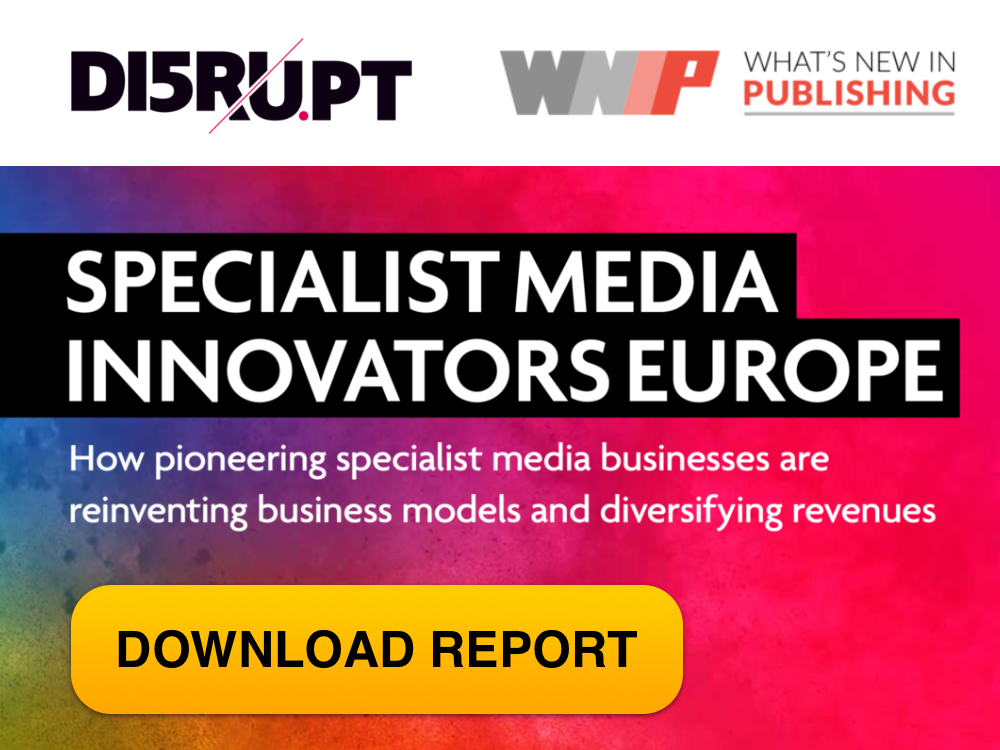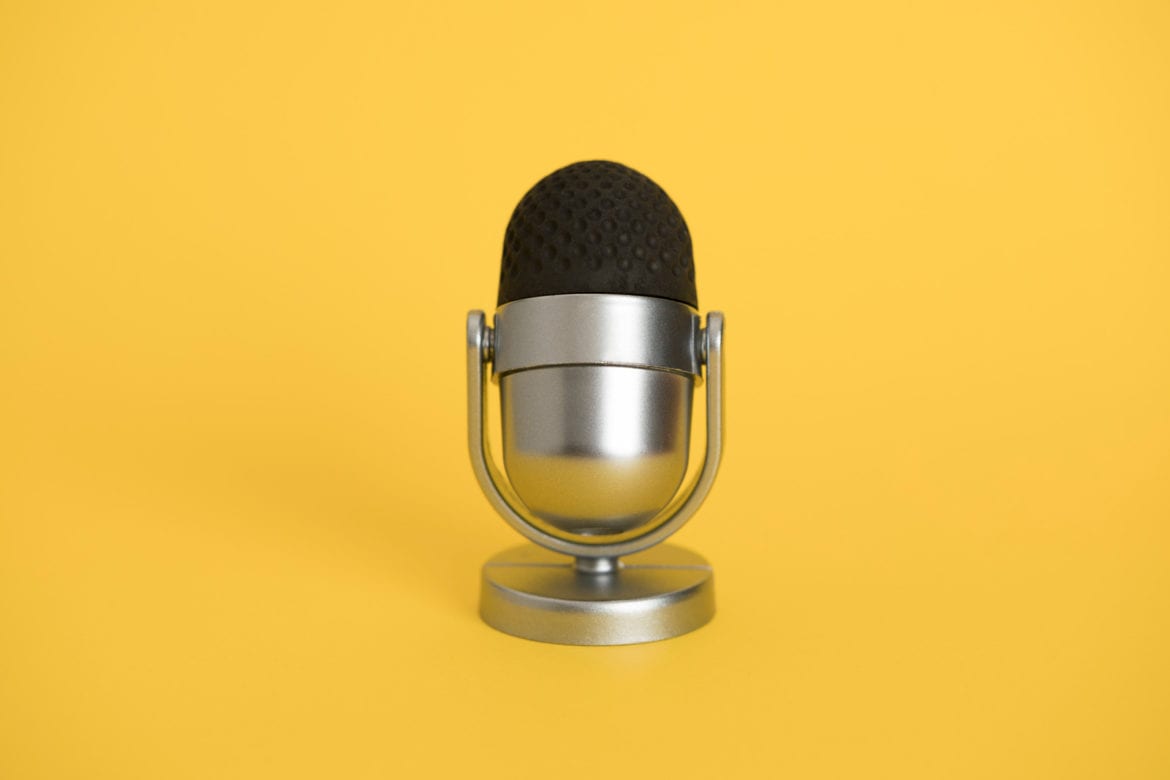|
Getting your Trinity Audio player ready...
|
“In the US, one quarter of adults, or 60M people, listen to a podcast a few times a week, and 91M listen to one at least once a week,” according to journalists Piet van Niekerk and Pierre de Villiers. “And, as new podcasts are being aired every three minutes somewhere in the world, publishers have been handed the ideal revenue subscription tool.”
While relatively inexpensive to produce, podcasts are extremely effective, while also providing lucrative revenue sources and acting as proven subscription-drivers. Podcasting has shown explosive year-over-year growth.
John Wilpers, Senior Director at Innovation Media Consulting (IMC)
“A lot more opportunities in podcasts ahead of us”
US podcast advertising revenue is expected to grow 14.7% in 2020 despite the pandemic, according to the fourth annual IAB Podcast Advertising Revenue Report by PwC. It adds that as growth continues, revenue is nearing the $1B mark.
“We believe the IAB’s estimate of $1B podcast ad spend in 2021 as super conservative,” Lee Brown, VP / Global Advertising at Spotify told Digiday.
With audience consumption growing and voice-activated devices, there are a lot more opportunities in podcasts ahead of us. Most [people] anticipate the next frontier of media, and that’s going to be in audio.
Lee Brown, VP / Global Advertising at Spotify
“Audio has kind of quietly emerged…as kind of the preferred way for people to consume content,” Jim Bodor, MD, Digital Product Strategy, HBR told NiemanReports. “If audio does become, maybe not the dominant currency of the internet, but if it becomes an even more significant piece, then we have to be prepared for that.”
Niekerk and de Villiers recommend publishers to build their own hosting platform for audio and channel subscribers through that instead of through a distributor like Apple.
Publishers like The Correspondent, Zetland and Schibsted are doing just that. The Correspondent launched a new audio app for members a few weeks back. “We were a text-based site mostly, and our members asked us if we could also provide audio, because it’s easier to combine it with different activities like travelling or working out,” said its CEO Ernst-Jan Pfauth.
He added that the decision to launch an app rather than just having audio available on audio apps was to give members an alternative to other platforms.
We don’t want our members to be dependent on third-party apps like Spotify.
Ernst-Jan Pfauth, CEO, The Correspondent
“We wanted to offer them an experience that’s aligned with what The Correspondent thinks is important, for example privacy and good design. That’s why we decided to build our own app,” Pfauth told What’s New in Publishing.
“An experience that we control”
Hosting audio content on its website and app has also helped Danish publisher Zetland see a sharp rise in membership. The magazine was struggling with growth in 2016. That changed when it made the decision to experiment with audio based on its readers’ requests. The publisher built an app which hosts both text and audio versions of articles. Initially, it offered a selection of articles in audio read out by its journalists.
They got a positive enough response to start publishing all articles in audio from 2017 onwards. It was a “great success,” according to Zetland Journalist and Community Organizer, Sara Alfort.
“In two months 40% of the consumption was audio, in less than 6 months it was 50%.” The figure has now grown to 80%, said CEO Tav Klitgaard at FIPP World Media Congress 2020.
“Just as our web content needs to be consumed on our own platform, we made the same decision for audio,” added Klitgaard.
We needed it to be an experience that we control so we built apps to do this and the experience of doing the discovery, the experience of convenience, the experience of actually being in the Zetland universe when you listen to it, I think it’s quite important.
Tav Klitgaard, CEO, Zetland
The strategy has worked as the completion rates are “through the roof on the audio,” compared to text. That could be because audio allows people to focus better, Klitgaard commented. “Once you have hit the play button you’re in there and the journalist has a very good chance of engaging you whereas with text you can always switch to Facebook or Instagram.”
The emphasis on audio has helped the publisher reach 17,000 paying members. It is now stable and breaking even. Klitgaard aims to reach 40,000 members in the next five years.
“Smartest way to be forward-facing in the market”
“To take podcasts seriously, it’s becoming vital that publishers break away from platforms and build their own podcast models,” suggests Lucinda Southern, Senior Reporter, Digiday.
Publishing podcasts on its own platform lets the publisher drill down into consumption habits, informing content, as well as how podcasts drive retention.
Lucinda Southern, Senior Reporter, Digiday
She reports that Norwegian publisher Schibsted has spent the last year integrating podcast publishing into its proprietary editorial technology platform, what it calls Core News Product.
The publishing group currently produces 40 podcasts across its various news titles. And although the ad revenue is low, podcasts are playing a central role in its content strategy. Schibsted has a team of roughly 30 people from different departments studying podcast usage across its brands. They are also experimenting with how podcasts can drive subscriptions and earn more ad revenue.
More podcast ad inventory — and not having to cede control over to distribution platforms — means the publisher can, in theory, charge higher ad rates for spot ads and podcast sponsorship, adds Southern.
“This is the smartest way to be forward-facing in the market,” says Helene Svabø, Commercial Business Developer of Podcasts, Schibsted. “We have the data and easy access to the tool and for us to use ourselves. It’s an innovation that was necessary for opening up a larger chunk of the market and gives us more control.”
This is both a necessity and a revenue opportunity.
Helene Svabø, Commercial Business Developer of Podcasts, Schibsted



